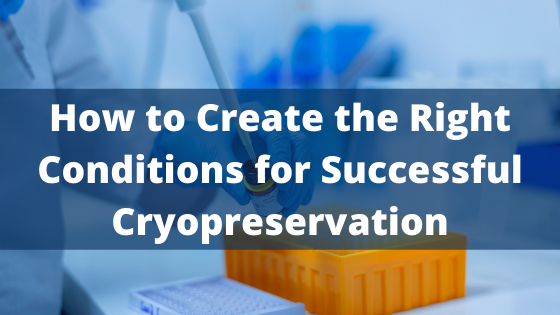Cryopreservation refers to the process of storing biological samples at low temperatures to preserve their structural integrity and functions for an indefinite period. This critical procedure has dozens of clinical applications, including in vitro fertilization. The ability to preserve living organisms, cells, and tissues for scientific or medical use has helped the health care industry make a lot of progress. Although cryopreservation is generally a straightforward and efficient process, it requires specific conditions.

What is the correct choice and concentration of cryoprotectant agent? At what temperature should it be added? What is the ideal freezing rate before moving the samples to cryogenic storage? These questions should have a clear answer before initiating a cryopreservation procedure.
Read this article that explains how to create the right conditions for successful cryopreservation.
It includes –
- Finding efficient storage solutions
- Choosing the correct cryoprotectant agent
- Deciding correct cooling rate
